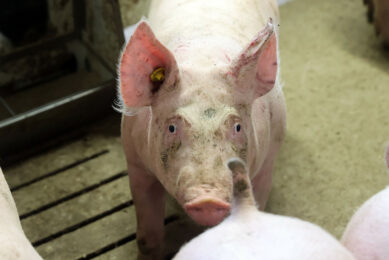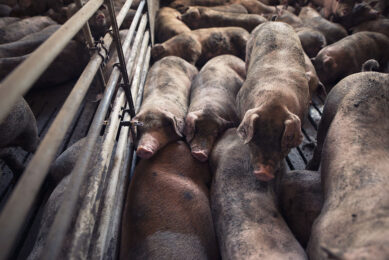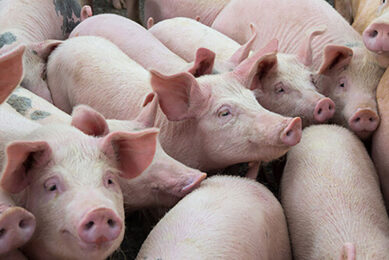Study: New swine flu virus – pandemic potential
According to a new study, flu viruses of swine origin that caused infections in the United States late last year appear to have pandemic potential. The findings are based on a transmission study in ferrets.
The new study, published in the journal Proceedings of the National Academy of Sciences, involves work with an H3N2 swine virus — now called an H3N2 variant — that has caused sporadic human cases in the United States, with some limited person-to-person spread.
In the H3N2 variant study, the researchers didn’t need to force the viruses to mutate so that they were able to infect ferrets. The viruses already seem well-adapted to infecting mammals, senior author Terrence Tumpey said.
The M gene
The study looked at H3N2 variant viruses from 2009, 2010 and 2011. Over those years, the viruses changed. In particular, in 2011 the virus picked up a gene — the M gene — from the H1N1 virus that caused the 2009 pandemic.
The study looked at H3N2 variant viruses from 2009, 2010 and 2011. Over those years, the viruses changed. In particular, in 2011 the virus picked up a gene — the M gene — from the H1N1 virus that caused the 2009 pandemic.
The M gene, when tested in guinea pigs, seems to make flu virus more transmissible. That led flu scientists to hypothesize that the M gene might make it easier for the swine viruses to infect people and might explain what appeared to be an increase in human cases last year.
This study actually questions that finding, noting that H3N2 variant viruses from 2010 were as transmissible in ferrets as the 2011 version. “It is unclear whether the acquisition of the M gene… enhanced the ability of A(H3N2)v virus to spread in pigs and infect people,” the study said.
Tumpey, a microbiologist, said these viruses — which are distant cousins to human H3N2 viruses — attach to the same cell receptors that human flu viruses attach to. Avian influenza viruses attach to different receptors which aren’t common in the human respiratory tract, which is thought to be why H5N1 viruses don’t infect humans more frequently.
“Overall, for the more recent ones, the 2010 and 2011 viruses, we are seeing very efficient transmission events, similar to what we see with seasonal H3N2 viruses,” Tumpey said of the H3N2 variant viruses.
“These viruses have the pandemic potential, but we also need more data to really understand the cross-reactive immunity in the general population to the H3N2 (variant) viruses.”
Source and for full article: Brandonsun











